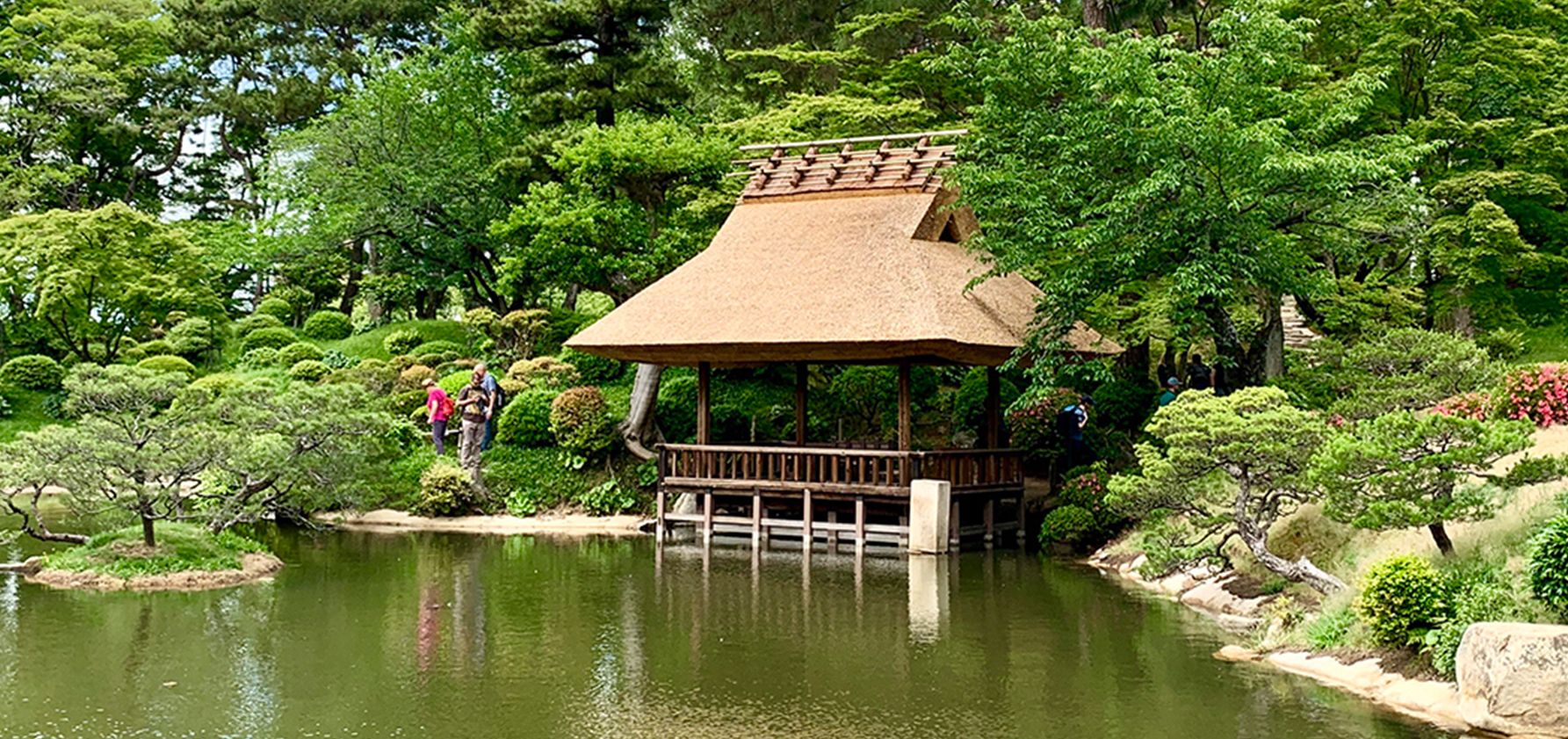
Former U.S. President Barack Obama once said in a speech about nuclear proliferation, that we all must “pursue a world without nuclear weapons” and that every U.S. citizen should visit Hiroshima and Nagasaki to be able to fully understand the possibility and urgency of that world— one that is peaceful and void of nuclear warheads. As one of the extremely fortunate U.S. citizens who has been able to make that trip through the study-abroad program “Japan—Exploring Culture, Peacebuilding, and the Legacies of War,” I wholeheartedly agree with our former president and wish I could transfuse all of the knowledge and emotion I garnered while I was there into the bloodstream of not only just Americans but all citizens of the world.
There are dozens of extremely enticing study-abroad opportunities at Moravian College, and thus far in my college career, I’ve only participated in this one, but I cannot stress enough the importance and significance of this particular program. The experience is not only incredibly educational, it is raw, it is humanizing, it is a call to action. The more nuclear active the world becomes, the closer we get to potentially wiping out the human race. This issue is not buried in the past or far off in the future, it is now. Peace is not a suggestion or an ideology, it is a necessity to survival.
President Obama made his speech from the Hiroshima Peace Park four years ago, which was the most impactful place I visited in my two weeks in Japan. During my time in Hiroshima, I was better able to connect with the history and the emotions of the bombings than during the visit to Nagasaki. I felt that Hiroshima was more eerily peaceful and more heartbreakingly beautiful. There was much to observe under the surface—literally and figuratively—in what I saw and learned there, as most of reconstructed Hiroshima is built 1 meter atop a graveyard.
Hiroshima’s Peace and Memorial Museum placed a deliberate and heavy emphasis on the human stories of the bombing: mothers who survived but lost children, siblings who cremated their brothers and sisters the day following the bombing. There were last words painted on the walls next to photographs of the orators, many of them used their last breaths to ask for water. The museum not only dramatically humanizes the bombings and confronts you with the reality that these people were not just casualty numbers in a textbook but real human beings with families, hopes, and dreams.
The Peace Park in Hiroshima was no less moving. It is extensive, expansive, and breathtakingly beautiful, and includes several memorials. One, called The Mound, is said to contain the remains of 70,000 bomb victims (in total, 140,000 deaths were counted in Hiroshima as a result of the bombing). The Sadako Sasaki memorial immortalizes a 10-year-old girl who died from leukemia due to radiation exposure nearly 8 years after surviving the bomb. She is the reason the Japanese have made paper cranes synonymous with remembrance and peace. There is also the incomparable Atomic Bomb Dome at the edge of the park; to view it tells all.
As much as Hiroshima deepened my ability to sympathize, it expanded my intellect and critical thinking skills. What I learned there made me question what I had been told in the past regarding events and people connected to this history. It created in me a new mindset to be take information that is being presented and consider who is presenting it and why.
I understand that not everyone wants to go abroad to have a strictly educational experience that extends a tough semester by two weeks. I promise, as educational and insightful as this trip to Japan was, it was also extremely fun. Bonding with fellow Moravian students and the Japanese students in Osaka and Nagasaki was invaluable, fun, and something I’ll never forget. We enjoyed amazing landscapes, food, and shopping —not to mention karaoke! I encourage everyone reading this piece to take the leap and go on this trip. I also urge you to remember that there are an infinite number of things you do not know. Everyone is brought up with some form of sheltering, some form of bias, some form of educational exclusion. Push those boundaries. Travel. Listen to what others have to say and learn from them, as I would encourage them to learn from you.
Lastly, always remember to spread peace and love.